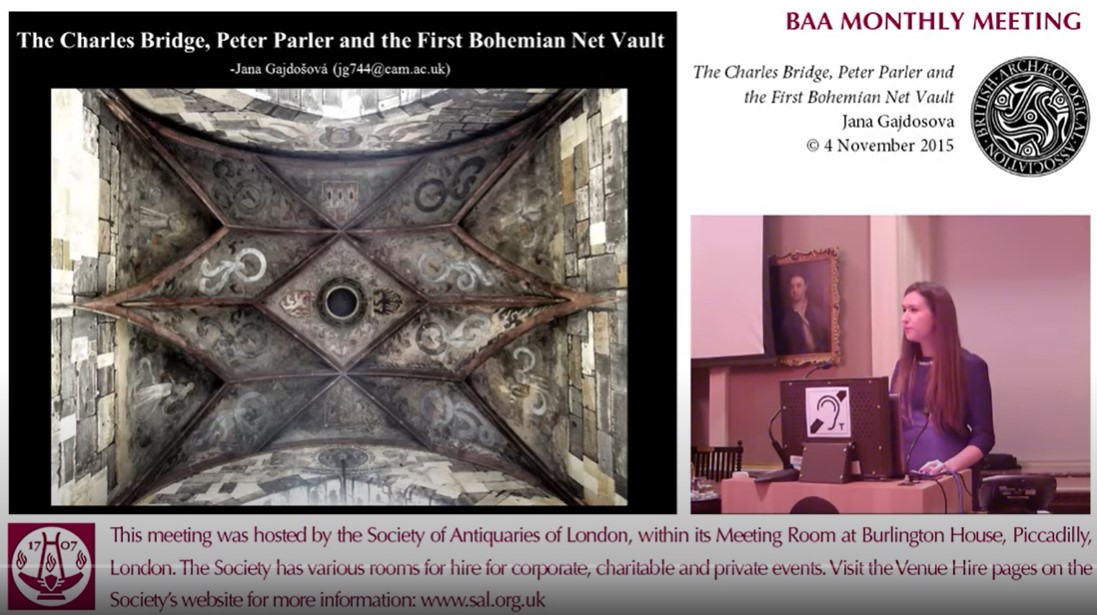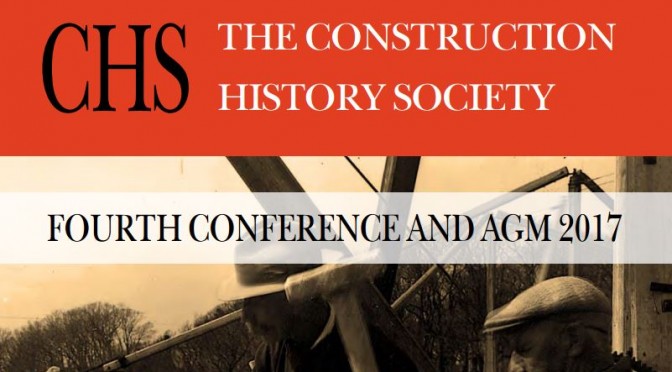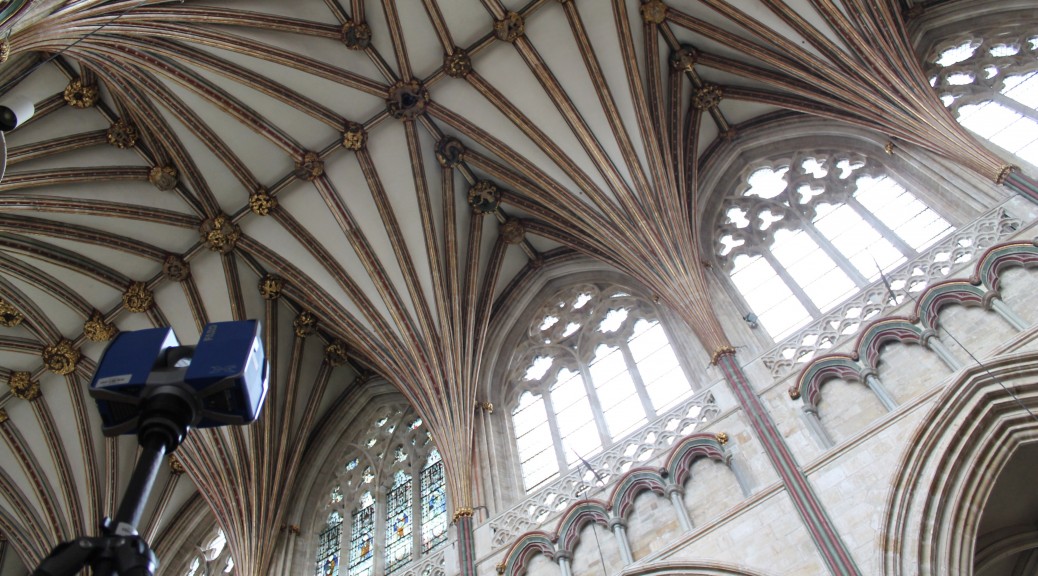2016 marks the 700th anniversary of the birth of Charles IV, eldest son and heir of King John of Bohemia, who died at the Battle of Crécy in 1346. Charles succeeded his father as King of Bohemia, was later elected King of the Romans and was crowned Holy Roman Emperor in 1355.
Under John and, especially, Charles, the city of Prague was transformed into a capital worthy of the most powerful ruler in Europe. Architectural additions including a new cathedral within the royal castle, a new university and a bridge across the river Vltava, linking the castle with the old city. Both the symbolism and the structural forms of these buildings have long been of fascination to architectural historians and have most recently been studied by Dr. Jana Gajdošová, currently based in the History of Art Department at the University of Cambridge.
Peter Parler was the architect responsible for the most innovatory aspects of Charles IV’s buildings. Since the mid-20th century, the work associated with William Joy at Wells Cathedral has been identified as one of Peter Parler’s sources. This makes Wells a key site in the development of European Late Gothic. We were therefore very interested in a recent lecture by Dr. Gajdošová to the British Archaeological Association, which (amongst other things) discussed the architectural parallels between the vaulting of the Charles IV Bridge and that at Ottery St Mary Church in Devon, another building linked with Wells Cathedral and William Joy. In particular, she drew attention to the ‘triradials’, ribs which form a ‘Y’ shape and criss-cross the bays, emphasizing the tunnel shape of the vault. The vault in the Old Town Tower of the Charles IV Bridge is the earliest example of these intersecting triradials in Parler’s work, which make it the region’s earliest ‘net vault’, a form which was to dominate Central European Gothic for the next 150 years. Dr. Gajdošová also discussed the distinctively elegant form of the springing of the Prague vault, which was also to prove influential, reoccurring in buildings such as the church of Kutná Hora in Bohemia.
We hope that our research will support future research into such parallels, moving beyond two-dimensional and visual analysis into further investigation of such vaults’ three-dimensional forms.


